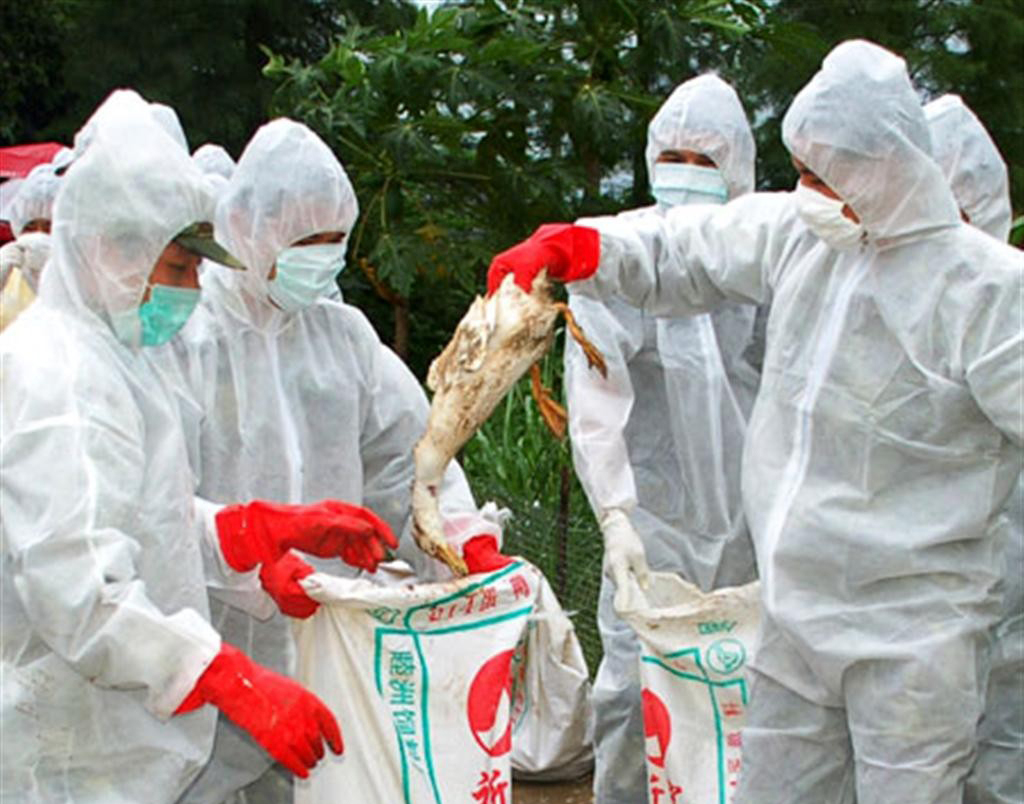Avian flu infecting Iranian chicken farms has created a new challenge in chicken breeder farms and a threat to the whole country’s meat output.
“If the virus spreads further among broiler chickens, the whole country’s meat production will be affected, as chicken has an important share in Iranians' meat consumption,” Mehdi Masoumi-Esfehani, the deputy head of Tehran Chamber of Commerce, Industries, Mines and Agriculture's Agriculture, Water and Food Industries Commission, was quoted as saying by IRNA.
Iran’s per capita chicken consumption stands at 26-27 kg per year, while the global average is 13-15 kg.
According to the official, since the beginning of the current fiscal year (started March 21, 2017), around 30% of egg-laying hens (20 million) and 10% of broiler chickens (one million) in Iranian farms have been culled.
He added that 300 egg-laying hen units have shuttered due to the outbreak and the remaining units are operating below capacity and risk being shut down.
"These units have an average of 20-25 workers per 100,000 egg-laying hens," he said.
Iranian poultry farms are hit by avian flu every year around this time. The H5N8 strain of bird flu infecting Iranian farms is deadly for poultry, but according to World Health Organization, although human infection with the virus cannot be excluded, the likelihood is low.
Nasser Nabipour, the head of the board of directors at Tehran's Union of Producers of Egg-Laying Chicken, said the first strains of avian flu hit Iran in the fiscal 2010-11.
"The more deadly strain of the virus emerged in the 2015-16, infecting over 1,500 egg-laying hen farms," he said.
According to Nabipour, most of the egg-laying units in Iran are located in the provinces of Tehran, Alborz, Qazvin, East Azarbaijan and Qom that produce 80% of Iran’s total egg output.
“For every culling of 100,000 hens, around 150 workers lose their jobs,” he said.
Nabipour said the operating units are now working at only 15% of their capacity, adding that the fate of their workers is unclear.
He expressed concern that the virus might change in form and pose new challenges, adding that culling the infected chicken is now the only option.
The outbreak in egg-laying chicken farms initially led to a sharp rise in egg prices amid shortage of supply. Later, the government moved to meet shortage and balance the market by importing eggs, mainly from Turkey.
The spread of the flu to broiler chicken farms is likely to lead to a price rise in chicken meat prices as well.
Iran produces over 2 million tons of chicken annually and is among the biggest producer of chicken in the world, according to deputy agriculture minister, Hassan Rokni.


